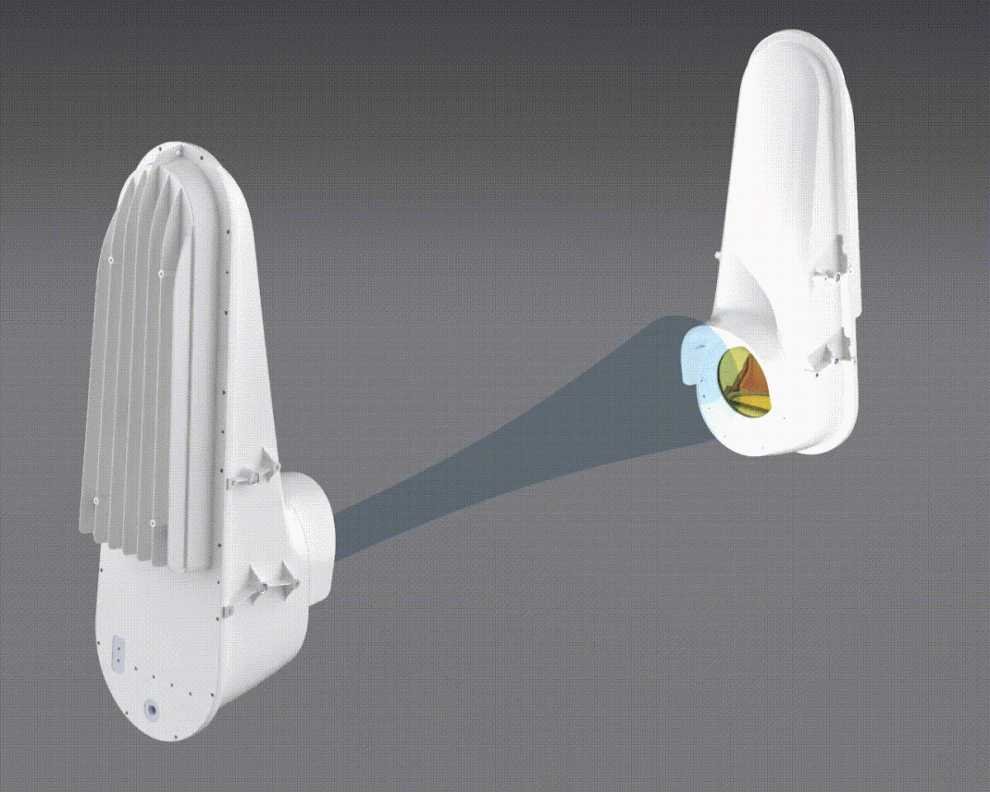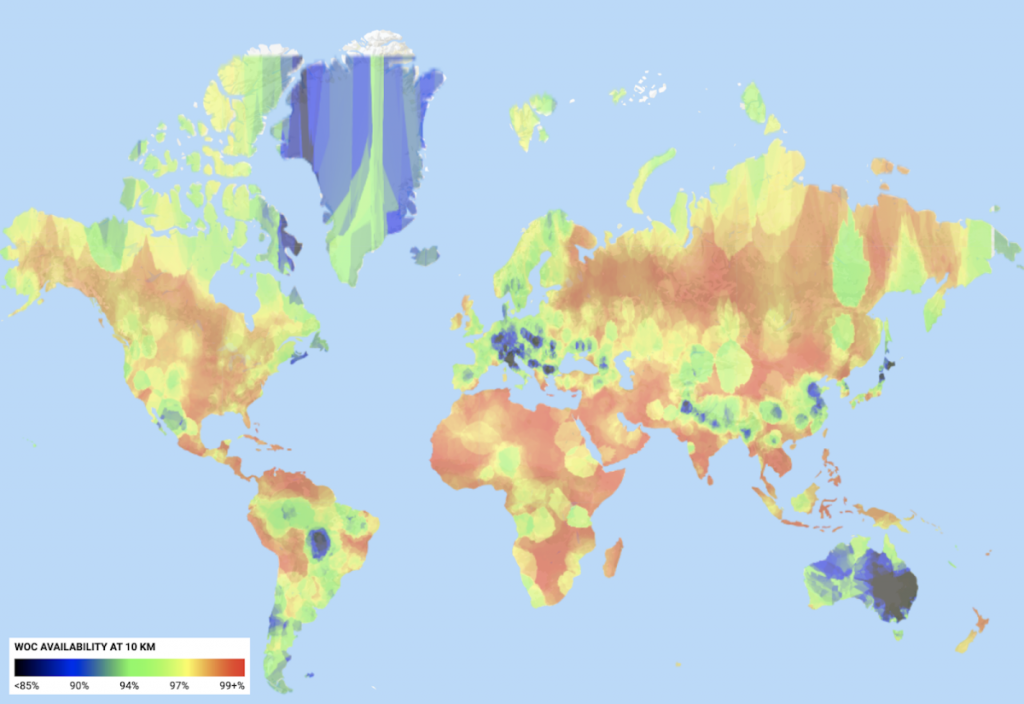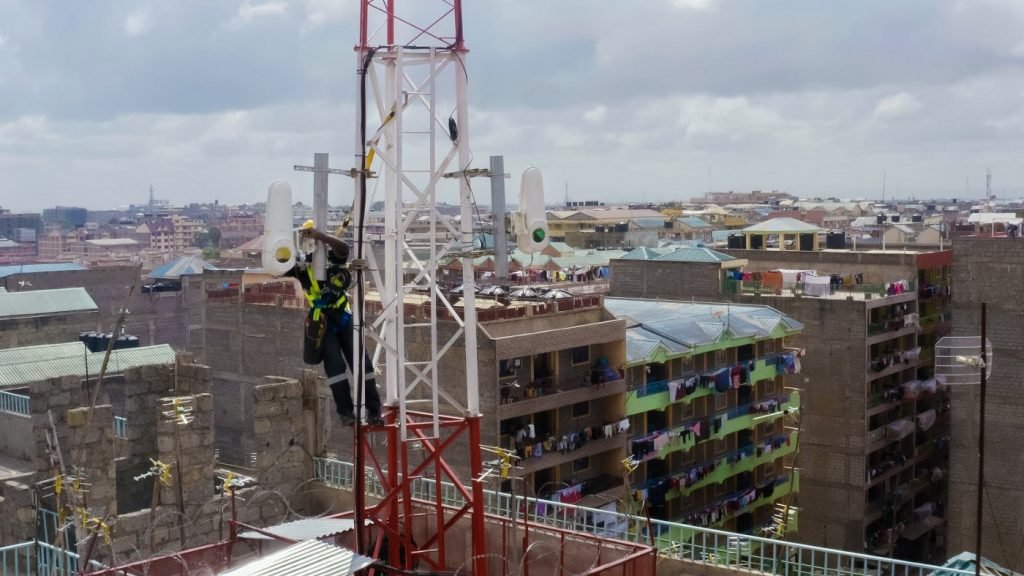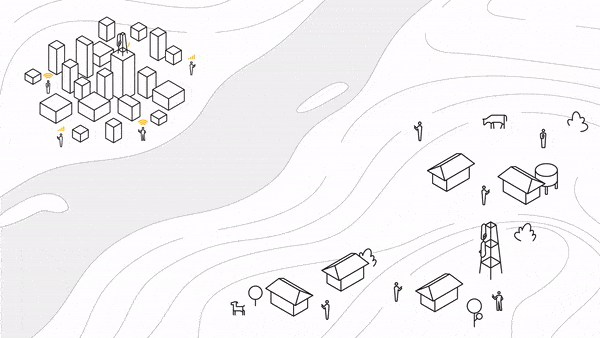Alphabet subsidiary X development is working on the wireless optical communication (WOC) system under the project Taara. The system delivers high-speed, high-capacity internet connectivity over long distances using beams of light.
Deploying fiber cable is costly and also sometimes difficult due to geography. And there are parts of the world where fiber cable can’t reach. Project Taara team explored the possibility that provides high-speed and affordable internet, especially in remote locations.
How Taara works
In the same way, traditional fiber uses light to carry data through cables in the ground. Taara uses light to transmit information at very high speeds as a very narrow, invisible beam. This beam is sent between two small Taara terminals to create a link.
To create a link, Taara’s terminal search for each other by detecting the other’s beam of light. And after that, the terminals lock in like a handshake to create a high-bandwidth connection.

Internet Range
A single Taara link can cover up to 20 km distance and can transmit up to 20 Gbps+ bandwidth. That’s enough connectivity for thousands of people to be watching YouTube at the same time.
Undoubtedly, the Taara devices need an ISP fiber-optic network to transmit internet connectivity. Taara’s laser links can relay high-speed, high-quality internet to people without the time, cost, and hassle involved in digging trenches or stringing cables along poles.
Not every part of the world is suitable for the WOC system. Like, the foggy San Francisco may never be an ideal spot to use WOC. However, there are many places around the world with ideal weather conditions for Taara’s links.
The below map shows visibility conditions for WOC performance globally. The areas in red are promising locations that are expected to see better than 99% annual availability.

Challenges
Since it is not purely wireless (Like WiFi), the light beam signal interruption causes the problem. The signal between Taara’s terminals mustn’t be interrupted, so Taara’s units are placed high up on towers, poles, or rooftops.

For a long time, wireless optical communications (WOC) haven’t been considered a viable option due to signal reliability issues in various conditions.
Basically, in conditions like fog, haze, rain, and interruptions like birds flying in front of the signal. However, the company even says that it can handle interruption through light rain, haze, birds.
In a blog, the company mentioned problems at the Tara terminal due to monkeys in India.
Taara links offer a cost-effective and quickly deployable way to bring high-speed internet access to remote areas and help plug critical gaps to major access points, like cell towers and WiFi hotspots.
Recent Developments
The Taara technology recently bridged a connectivity gap between Brazzaville in the Republic of the Congo and Kinshasa in the Democratic Republic of Congo. Both Brazzaville and Kinshasa are separated by the congo river and are only 4.8 kilometers apart.
Brazzaville has very good internet speed. Yet connectivity is five times more expensive in Kinshasa because the fiber connection has to travel more than 400 km to route around the river.

After installing Taara’s laser beam connectivity over the river, it served nearly 700 TB of data in 20 days with 99.9% availability. Near future, it will play a key role in bringing faster, more affordable connectivity to the 17 million people living in these cities.
Not only in Africa, but the Taara laser beam technology is also already tested in Andra Pradesh, India.
Future Potential
Though, mobile tower connectivity increased significantly in India. The Taara laser beam/light beam technology has good potential. The telecom towers are unable to deliver very high-speed internet (up to 1 Gbps+) at a low cost.
The remote locations always suffer from either low bandwidth or no-connectivity issues. Even there are locations near big cities that don’t have fiber connectivity for fast internet. Thus, the Taara technology can serve the area with high-speed internet at an affordable cost.
Alternatively, the low-orbit satellite internet technology is also in progress. Like, SpaceX Starlink and OneWeb. The satellite internet covers a longer range compared to Taara connectivity.
